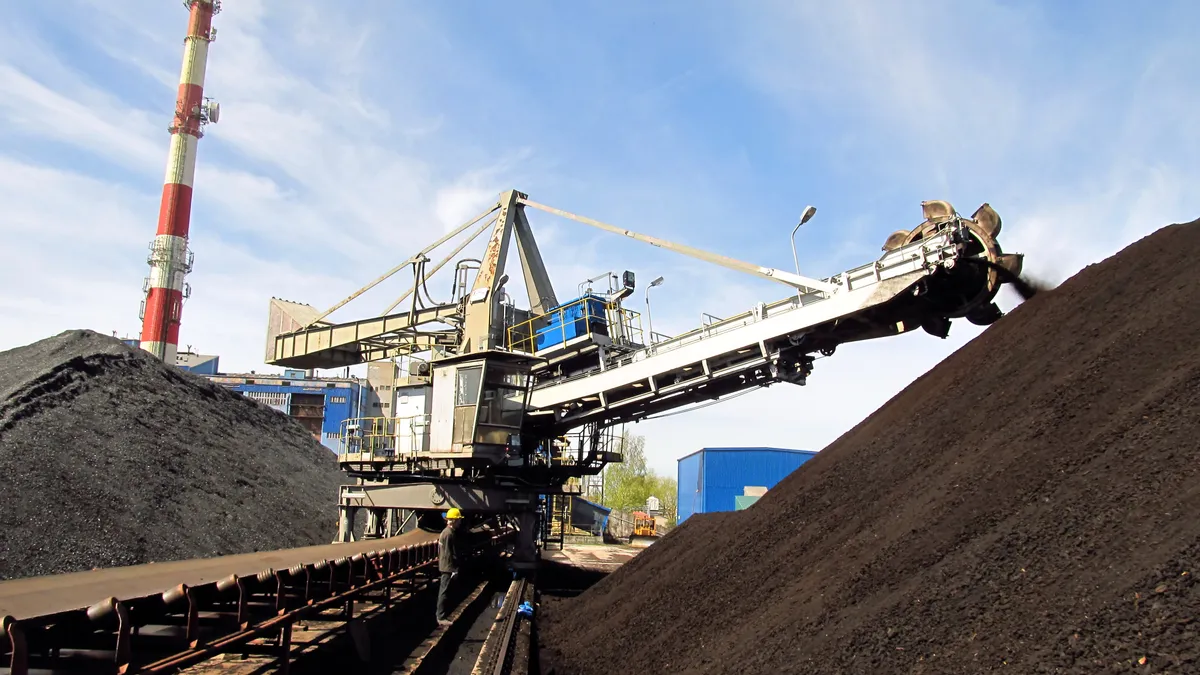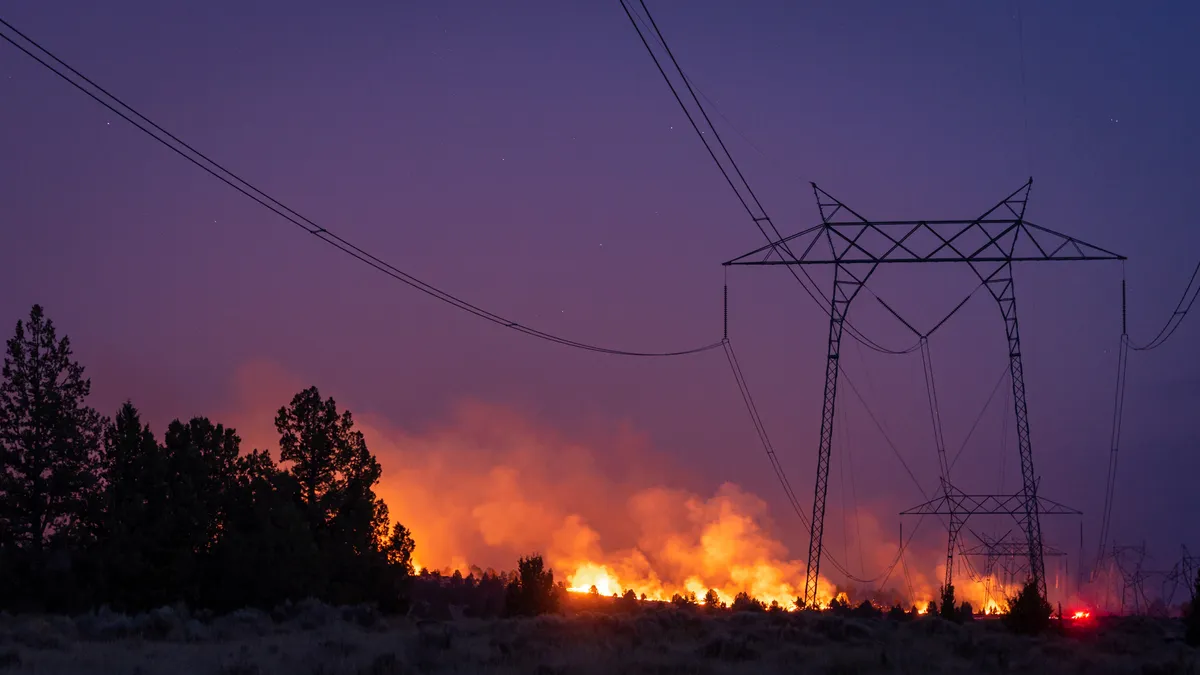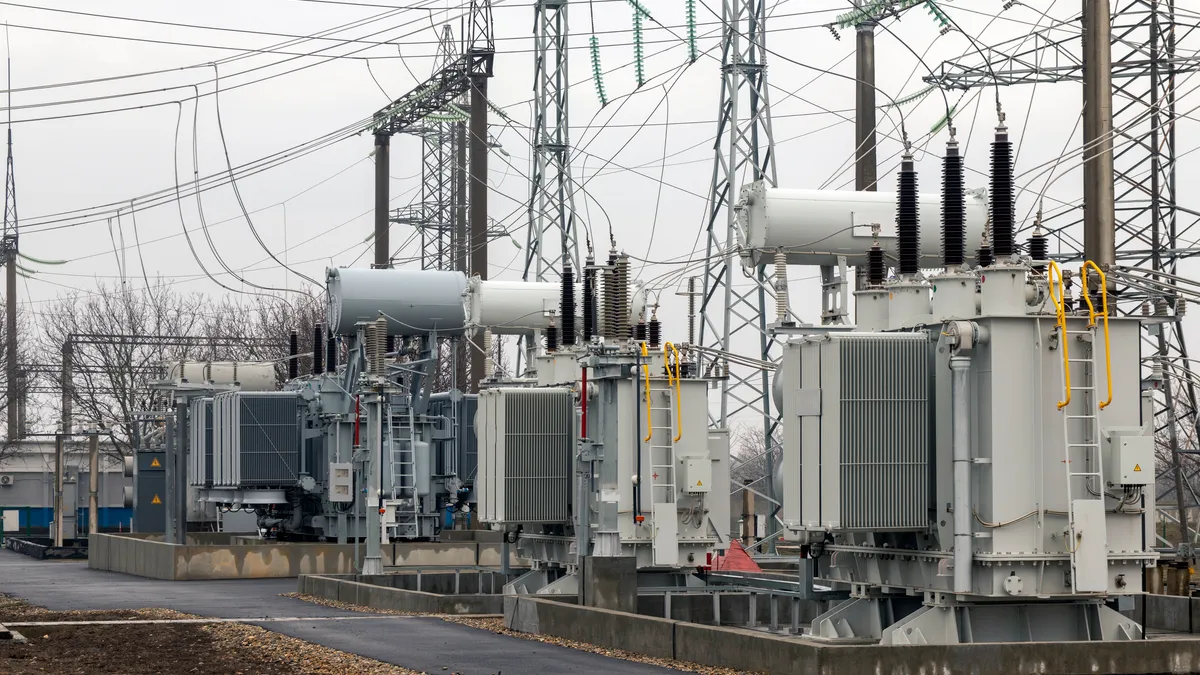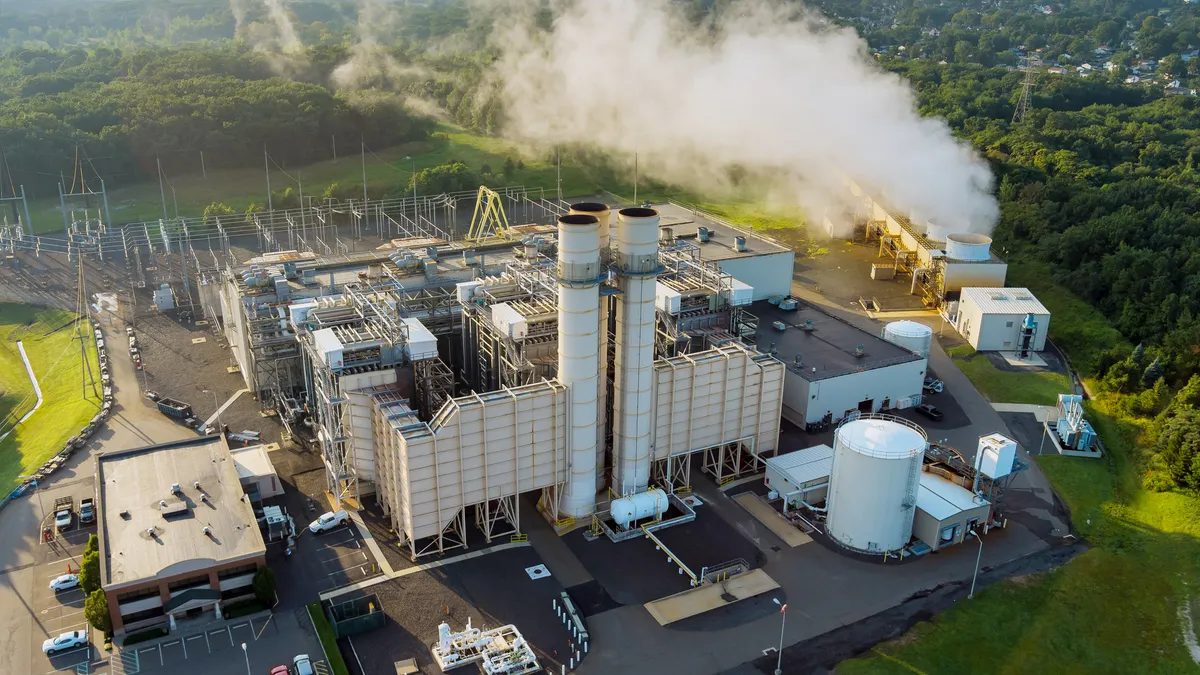The following is a guest post from Robbie Orvis, policy design projects manager, and Mike O'Boyle, power sector transformation expert at the analysis firm Energy Innovation.
The Department of Energy’s Notice of Proposed Rulemaking (NOPR) to FERC, directing the Commission to issue new tariff rules that reward certain (coal and nuclear) resources for so called “resilience” benefits, fails to demonstrate how it will improve resilience while threatening to upend the very markets it purports to protect.
The nearly unprecedented NOPR requires FERC to establish a tariff and “recovery of costs and a return on equity” for plants that have “a 90-day fuel supply on site,” which they argue would enable the plants “to operate during an emergency, extreme weather conditions, or a natural or man-made disaster.” According to the NOPR, “compensable costs shall include, but not be limited to, operating and fuel expenses, costs of capital and debt, and a fair return on equity and investment.”
Onsite fuel is not a resilience attribute
Citing sparse and cherry-picked evidence that contradicts evidence cited in the agency’s own report from earlier this summer, the NOPR claims that “fuel-secure resources are indispensable for the reliability and resiliency” of the grid. As has been demonstrated over and over again in numerous reports, including DOE’s own report issued in August, this claim is patently false. Three of the largest emergency events over the past five years underscore the fallacy of this argument.
During the Polar Vortex of 2014, record low temperatures pushed the Northeast U.S. electric grid to the brink, creating a reliability scare (though no outages) cited in the NOPR as a harbinger of future blackouts. During the Polar Vortex, up to 22 percent of the capacity in PJM (America’s largest national regional transmission operator, RTO) was offline and unavailable to respond. Surprisingly, the NOPR lauds the reliability of nuclear and uneconomic coal units as saviors of the system.
However, the NOPR conveniently fails to mention that nearly 14 gigawatts (GW) of coal capacity was forced offline during the Polar Vortex, roughly 25 percent of all coal capacity in PJM. 1.4 GW of nuclear was forced offline as well. Most of these generator outages were due to temperatures below the operating limit of power plant equipment. While some unavailable capacity during the vortex was due to natural gas shortages, particularly in the Northeast, the gas constraint was secondary to cold-weather related outages. Additional coal capacity was unavailable due to frozen coal piles.
While coal and nuclear units did not provide exceptional performance, contrary to the NOPR’s assertion otherwise, two resources did over-perform and helped avoid blackouts: wind and demand response. As PJM’s Polar Vortex assessment states unequivocally, “demand response, although not required to respond during the winter this year, did respond and assisted in maintaining the reliability of the system… PJM also saw up to 4 GW of peak load met by wind power during the Polar Vortex… more than the amount grid operators had calculated was possible under those conditions. The wind power produced had a positive impact on supply and contributed to PJM’s ability to maintain reliability” (emphasis added).
Counter to the NOPR’s assertions otherwise, wind and demand response were the major contributors to maintaining reliability during the Polar Vortex (not coal and nuclear), yet under the NOPR they would not be rewarded for this service.
Similar findings with other emergency events
The same trends are apparent in other emergency events. For example, California’s grid reliance on natural gas capacity drew scrutiny when the Aliso Canyon gas reservoir became unavailable in 2016 due to a massive leak. Record heat waves in 2017 proved unable to bring down the California grid, thanks in part to robust demand response programs, renewables, and energy storage that providee capacity during the heat waves. Imported hydro from the Northwest and other neighbors’ electricity helped as well – providing another important impetus for grid regionalization and providing further evidence demonstrating the value of the region’s Energy Imbalance Market.
Most recently during Hurricane Harvey, coal piles in Texas were so soaked with water that they were unable to be transported to the boiler at coal plants, forcing those plants to switch to burning natural gas. At other facilities, including both coal plants in Texas during Hurricane Harvey and nuclear plants in Florida during Hurricane Irma, staff had to be evacuated, forcing those plants offline. Hurricanes in Puerto Rico (where 98 percent of the grid’s power supply comes from fossil fuel) and Florida knocked out the distribution grid, the main cause of blackouts, and fuel on hand did nothing to improve the resilience of those systems to extreme storms.
These events and others like them prove that having fuel on hand is not an indicator of resilience. Equipment failure due to cold weather can force all types of power plants offline. Extreme weather events can force staff to evacuate, forcing plants offline. On-site fuel is useless if it can’t be transported. Having fuel on hand is not a resilience benefit.
To be sure, some resilience attributes would benefit the system. For example, the ability to switch between fuels (called dual-firing) helps insulate plants from fuel supply issues. Rapid ramping and black-start ability (which is already a service markets value) makes it easier to recover from an outage. Not requiring on-site staff (as renewables don’t) would avoid putting workers at risk in extreme weather events or having to evacuate and shut down facilities. Higher standards for critical equipment would prevent it from freezing. And of course, requiring no fuel at all, as with wind and solar, renders fuel issues moot. None of these real opportunities for resilience are addressed in the DOE NOPR.
DOE’s proposal moves markets back to cost-of-service, threatening to undermine them and raise costs for consumers
Perhaps the most disturbing part of the NOPR is the proposed rule change. The proposed remedy, offering plant owners “recovery of costs and a return on equity” including “operating and fuel expenses, costs of capital and debt, and a fair return on equity and investment” equates to anticompetitive, non-market behavior. Indeed, it is the approach used by vertically integrated utilities through traditional cost of service regulation, though without the prudency review of state regulators to safeguard consumers. (It is also the same approach used in specific situations in markets when plants that would otherwise retire are demonstrably needed for reliability purposes, under reliability must run contracts; this however, is RMR on steroids).
This approach, antithetical to the concept of wholesale electricity markets, threatens to completely destabilize them.
Wholesale markets for electricity are designed to maintain an adequate level of reliability by incenting efficient entry and exit in markets based on marginal cost pricing – at any given time, the price of electricity is equal to the last, most-expensive dispatched generator. Over time, the average price of electricity provides long-term cost recovery for units, incenting new units to enter when needed through higher prices, and exit when needed as prices drop. In some regions where market prices are administratively capped, there are additional support mechanisms, often referred to as capacity markets.
Today, the system is extremely oversupplied, and prices are therefore low. Competition from cheap natural gas and renewables is driving coal and nuclear off the system because it is no longer competitive on an economic basis, but that does not mean an intervention on this scale is warranted. Over the summer as DOE researched its grid study, the nation’s grid operators repeatedly reassured that markets were not facing any reliability crisis. Markets take advantage of a swath of resources with different operating characteristics, strengths, and weaknesses to maintain reliability. RTOs define additional reliability services to send market signals to ensure the market can provide needed reliability services. As a result, on nearly every measurable reliability metric, reliability has improved over the last five years across markets. Altogether, markets are designed to maintain a fragile equilibrium, upon which DOE has thrust its mighty clunking thumb.
DOE’s proposal threatens to completely undermine this system by thrusting the full uneconomic costs of certain coal and nuclear plants onto customers, even if they are expensive and unnecessary to maintain reliability. This would prevent uneconomic, unnecessary units from retiring, impacting the ability of markets to equilibrate. It will further suppress already low prices, exacerbating today’s concerns about the viability of wholesale markets over the long-run and taking money away from more economic and cleaner resources.
There is no indication of how this proposed rule would work with existing capacity remuneration mechanisms, like the capacity markets in place in NYISO, PJM, and ISO-NE. And it forces customers to foot the bill for old, inefficient plants that should be retired with no tangible system benefit.
A threat to wholesale markets bringing higher costs and no benefit
DOE’s NOPR is a nefarious intervention in wholesale electricity markets where coal and nuclear operators win and consumers and the environment lose, full stop. The proposed rule, if adopted, would not merely embody arbitrary and capricious decision-making, it could mark the end of competitive wholesale markets. FERC, which has a strong legacy of empirically based, non-partisan rulemaking, must resist DOE’s pandering to the owners of uneconomic coal and nuclear plants by rejecting the proposed rulemaking outright.






















